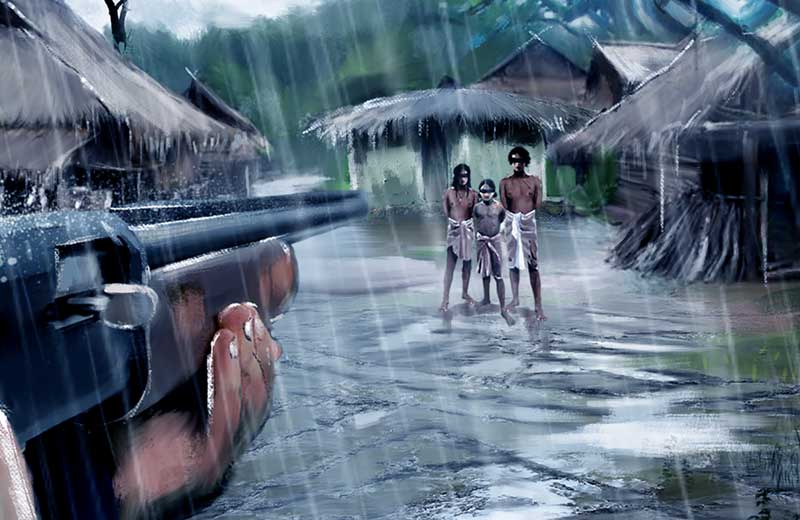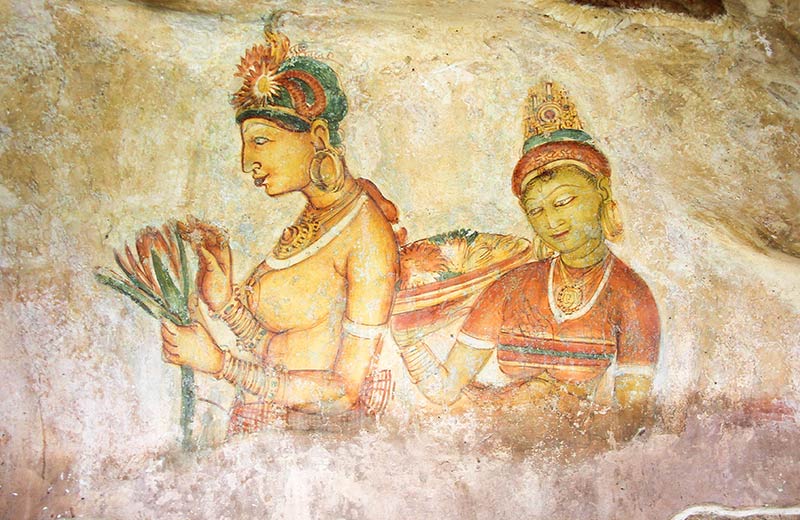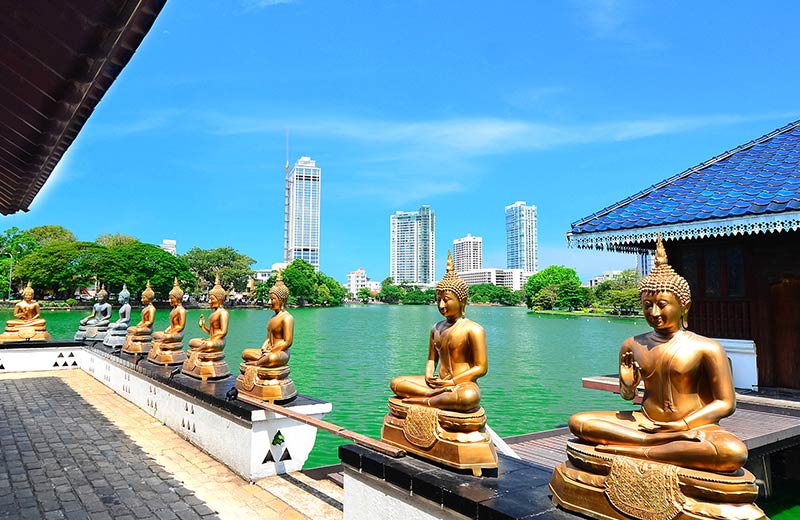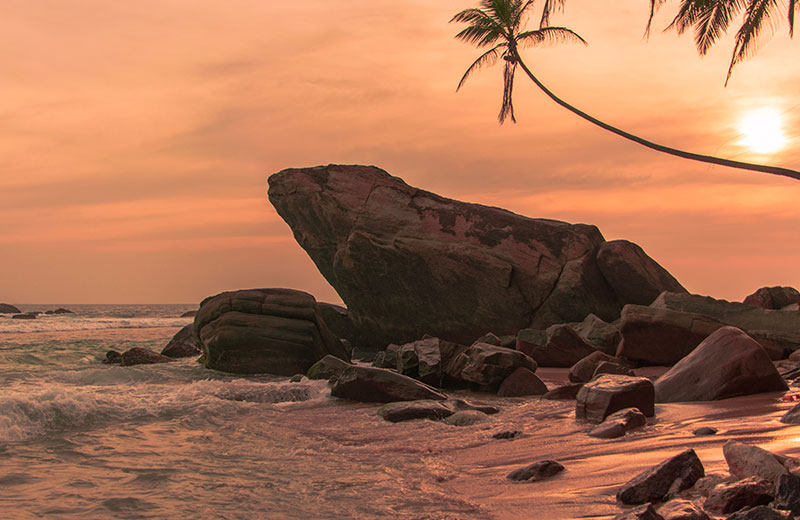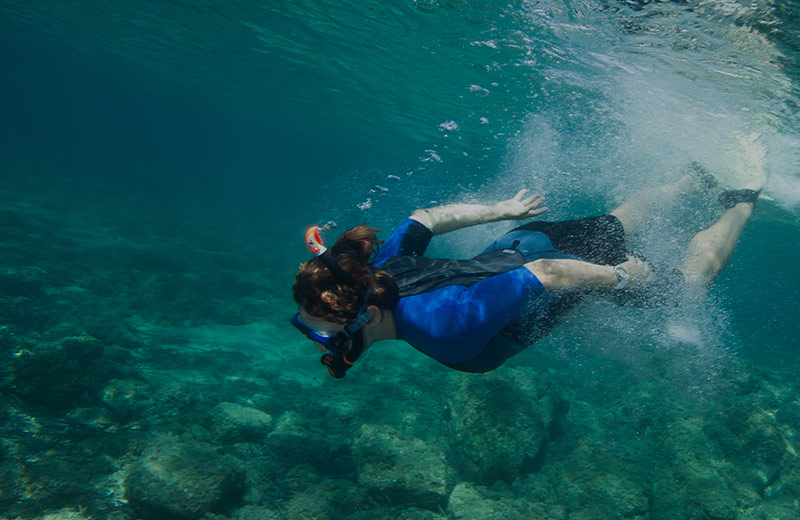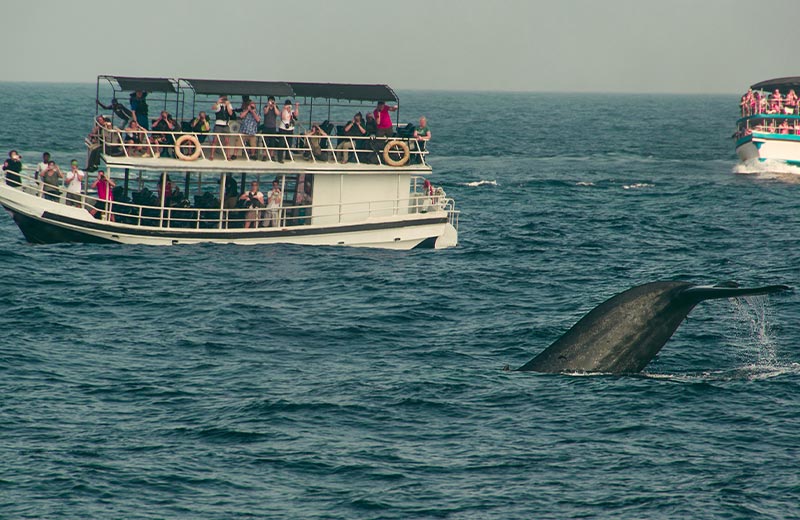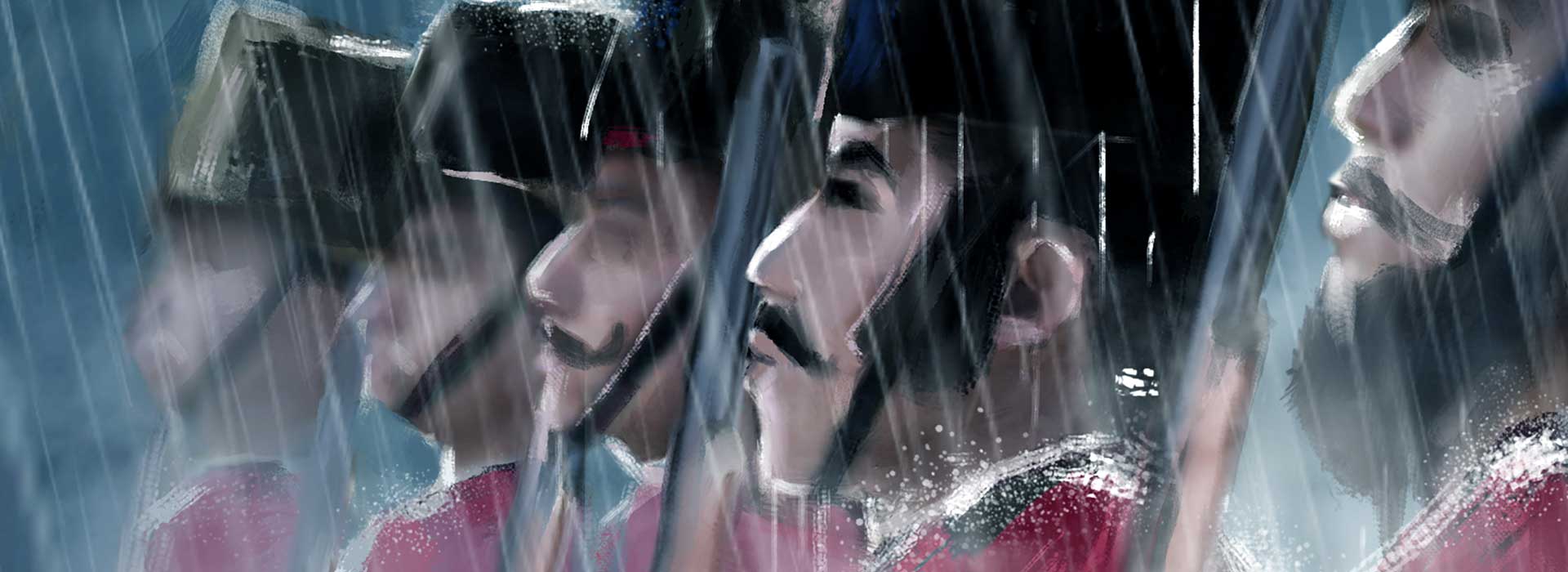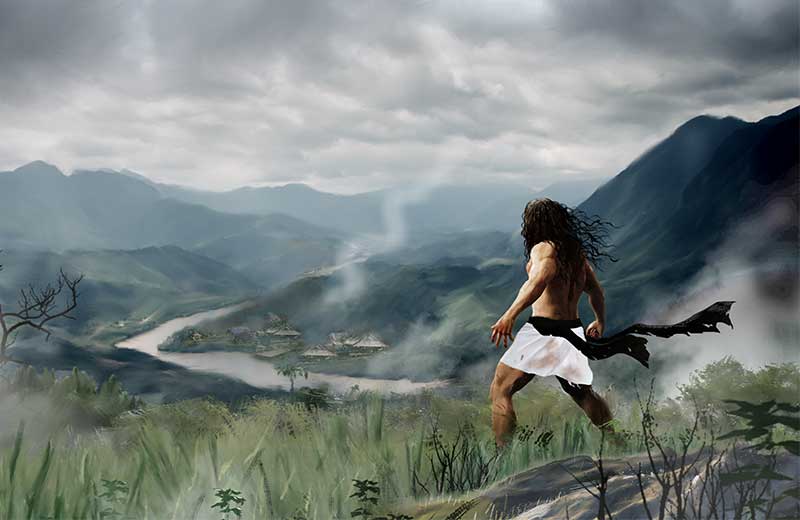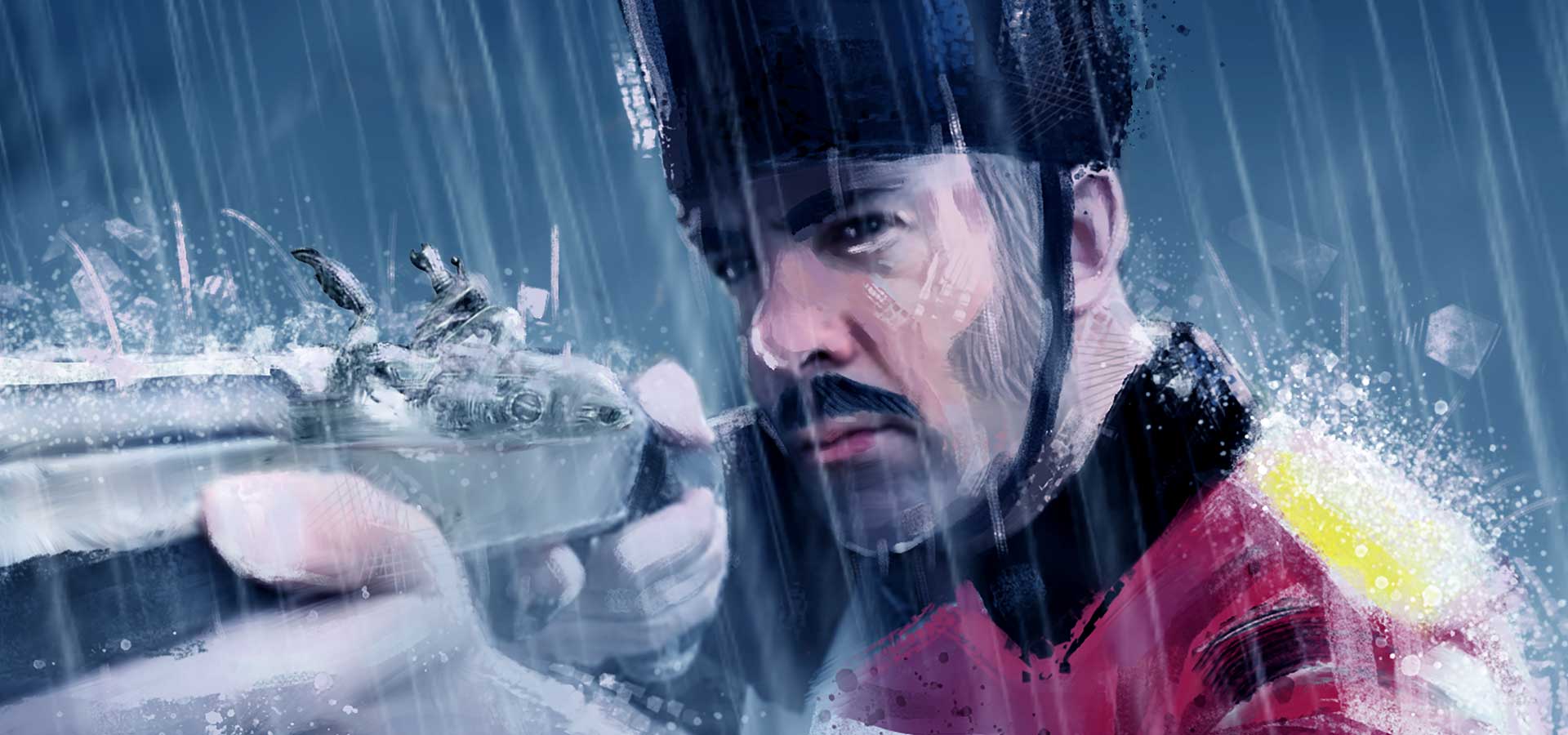The Fate ofAngampora
The country’s past has been marked by major battles, where brave native warriors fought a variety of invading forces and defended the land and its people.
Ancient chronicles such as the Mahavamsa, Thupavamsa, Rajavaliya, Dipavamsa, Ramayana, and more recent accounts of incidents that took place in colonial Sri Lanka, indicate that Angampora combat techniques were one of the key reasons for the success of the local warriors in battle.
The popular belief is that Angampora was a martial art originally developed by early humans who inhabited the island to protect their territories from outside forces and predators. It is believed to have eventually become a form of combat utilized by the ancient kings, their armies and independent warriors to defend the sovereignty of the nation. We’ve explored some of the key battles fought using Angampora tactics below.
The Battle of Vijithapura
Considered to be one of the most iconic battles in Sri Lankan history, the Battle of Vijithapura was fought to thwart the mighty army of the Chola King Elara. In the 2nd century BC the Kingdom of Anuradhapura had fallen into the hands of King Elara of India.
Although Elara was considered to be a just ruler, the people of the island wanted a king who had a legitimate claim to the throne. In the Kingdom of Ruhuna, which lay to the south of Anuradhapura, lived young Prince Dutugemunu who resented the foreign ruler. Determined to unite the land under a Sinhala monarchy, the prince challenged Elara for the throne.
